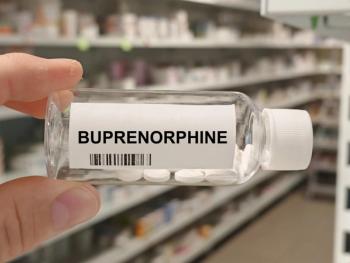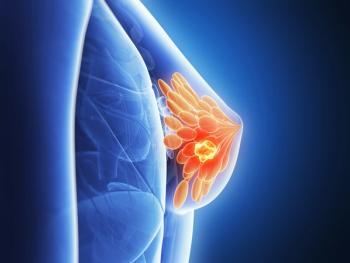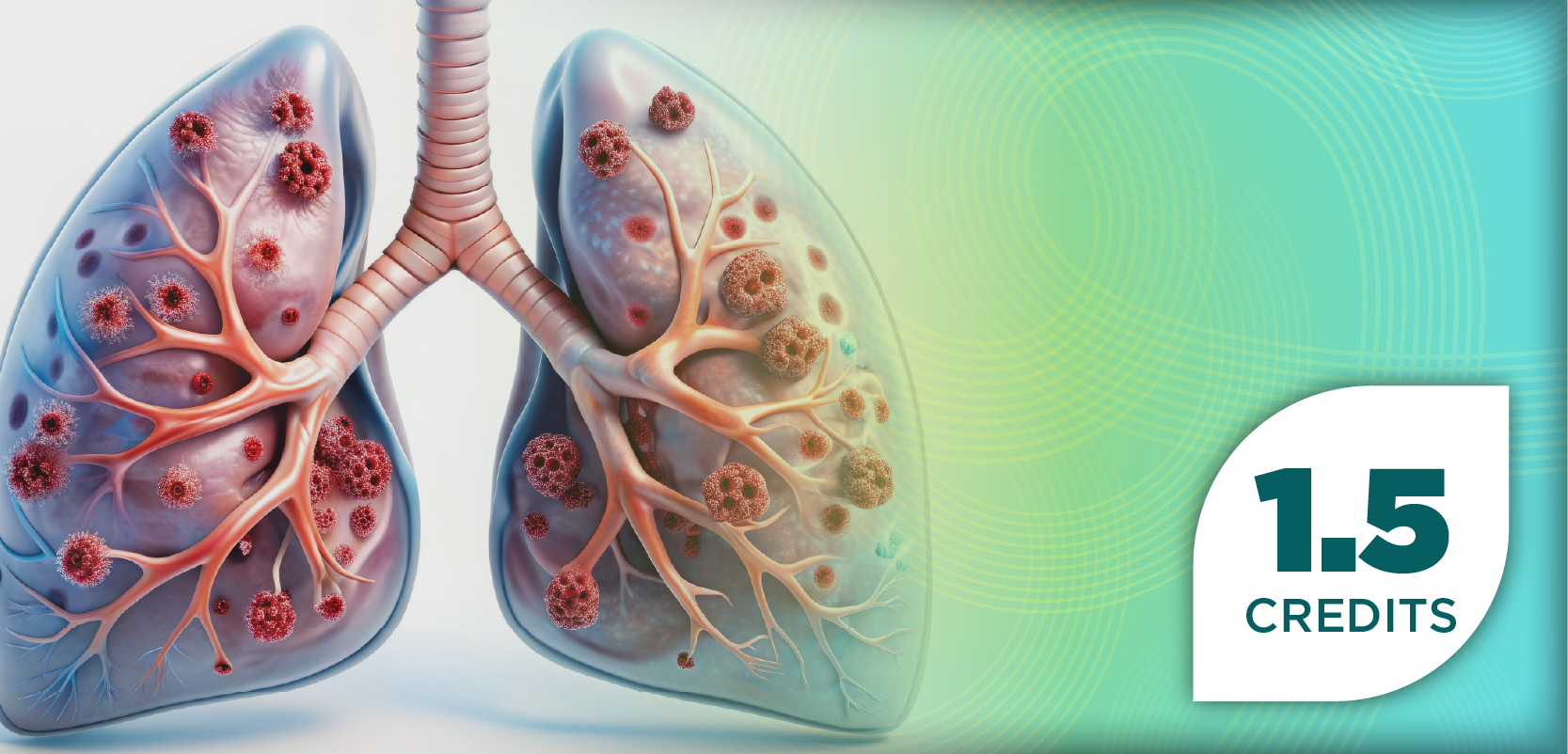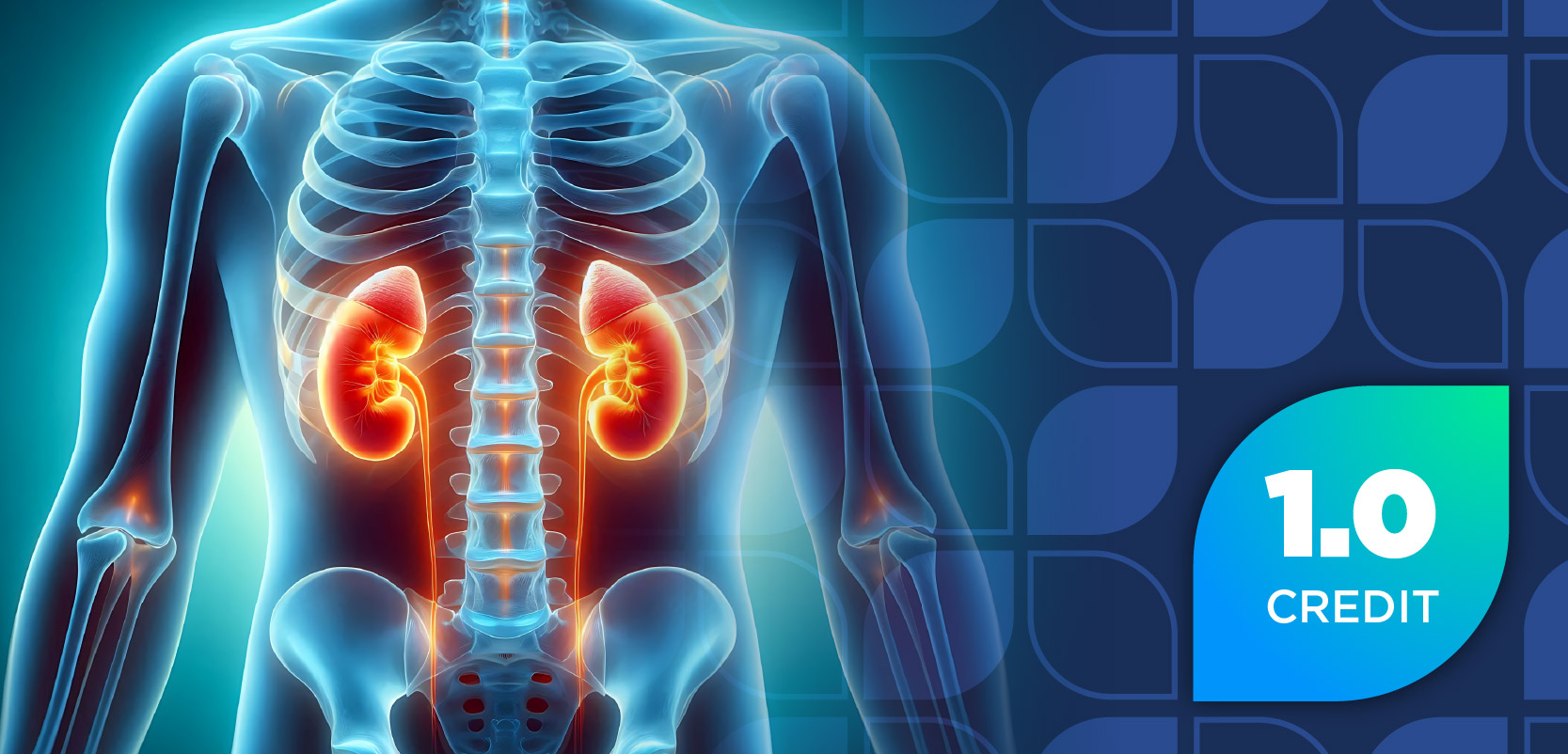
IBI303, Humira Biosimilar, Shows Comparable Efficacy and Cost Benefit to Reference Product
Key Takeaways
- IBI303, a biosimilar to Humira, provides similar efficacy and safety for ankylosing spondylitis at a lower cost, reducing the economic burden on patients.
- A phase 3 trial showed comparable primary outcomes, safety, and tolerability between IBI303 and Humira, with no significant differences in adverse events.
There were also no observed differences in retention rates or safety among patients with ankylosing spondylitis.
Patients with ankylosing spondylitis may be able to receive the same benefits as reference adalimumab (Humira; AbbVie) at a lower cost by using IBI303 (Innovent Biologics), a biosimilar, wrote authors of research published in Medicine (Baltimore). In the population, which consisted of patients in China, there was no observed difference in retention rate or safety between IBI303 and its reference product, the authors wrote.1
Biosimilars have played a significant role in helping reduce the economic burden on patients while receiving treatment. Although biosimilars are highly similar, safe, and effective treatment options for patients, their real-world effectiveness and benefits are being challenged in research.1
In 2013, Humira was approved in China as a treatment for ankylosing spondylitis, a chronic inflammatory disease that causes axial arthritis and often results in inflammatory lower back pain early in the disease’s course. If left untreated or unaddressed, such inflammation can lead to eventual and severe impairment of spinal mobility because of structural changes, leading to spinal fusion. Despite Humira’s approval in China, patients are often unable to receive treatment because of the high cost (approximately $2250 USD) per month. For this reason, experts in a 2019 phase 3 trial assessed the clinical equivalence of IBI303 to Humira in patients with ankylosing spondylitis.2,3
IBI303 in Ankylosing Spondylitis
The multicenter, randomized, controlled, double-blind, equivalence phase 3 trial (NCT02893254)4 randomly assigned patients with ankylosing spondylitis to receive either the biosimilar IBI303 (n = 220) or Humira (n = 218). In the full analysis population, about 75% (n = 165) of patients in the IBI303 group (95% CI, 68.7-80.6) and 72% (n = 158) of patients in the Humira group (95% CI, 66.0-78.3) reached the primary outcome at the 24-week point. Additionally, both safety and tolerability profiles were similar between the 2 groups, and 79% (n = 174) and 82% (n = 178) of patients in the IBI303 and Humira groups, respectively, had reported treatment-emergent adverse events (AEs).2,4
Real-World Retention Rates and Safety of IBI303 and Humira
The current study1 aimed to evaluate Humira and IBI303 for ankylosing spondylitis by retention rate and safety through real-world data. The investigators conducted a retrospective study and gathered patient information from the hospital information system of Shenzhen Luohu People’s Hospital from May 1, 2020, to December 31, 2023. The primary study end point was the Humira retention rate at week 52, which was estimated through survival analysis. A total of 106 patients with ankylosing spondylitis were enrolled and analyzed.1
Among this population, the retention rates of 38 patients using Humira at 12 weeks and 52 weeks were about 0.87 (95% CI, 0.81-0.92) and 0.44 (95% CI, 0.34-0.52), and in the IBI303 group were 0.90 (95% CI, 0.68-0.93) and 0.63 (95% CI, 0.57-0.69), respectively. Additionally, drug exposure every 4 weeks of the first 52 weeks was about 55.0 (95% CI, 44.2-66.7) and 55.6 (95% CI, 43.3-69.6) in the Humira and IBI303 groups, respectively. There were no statistically significant differences in AE incidences between the Humira and IBI303 groups (P > .05); however, the investigators observed the Humira group had significantly higher median costs in the first year than those in the IBI303 group (P = .004).1
“From a Chinese perspective, there is no difference in retention rate and safety between IBI303 [and] Humira in real-world use of [patients with ankylosing spondylitis], but because IBI303 has [a] lower price, it will lighten patients' economic burden, and our drug exposure results can provide data support for tapering of biological therapy,” concluded the study authors.1
REFERENCES
Cheng X, Fu Z, Liu J, et al. Comparative real-world retention rate and safety of biosimilar IBI303 versus Humira in ankylosing spondylitis: A retrospective study. Medicine (Baltimore). 2025;104(26):e43010. doi:10.1097/MD.0000000000043010.
Xu H, Li Z, Wu J, et al. IBI303, a biosimilar to adalimumab, for the treatment of patients with ankylosing spondylitis in China: a randomised, double-blind, phase 3 equivalence trial. Lancet Rheumatol. 2019;1(1):e35–e43. doi:10.1016/S2665-9913(19)30013-X
John Hopkins Arthritis Center. Ankylosing Spondylitis. Accessed July 22, 2025.
https://www.hopkinsarthritis.org/arthritis-info/ankylosing-spondylitis/ Efficacy and Safety of IBI303 in Adult Patients With Active Ankylosing Spondylitis. ClinicalTrials.gov identifier: NCT02893254. Updated June 4, 2018. Accessed July 22, 2025.
https://clinicaltrials.gov/study/NCT02893254
Newsletter
Stay informed on drug updates, treatment guidelines, and pharmacy practice trends—subscribe to Pharmacy Times for weekly clinical insights.


















































































































































































































